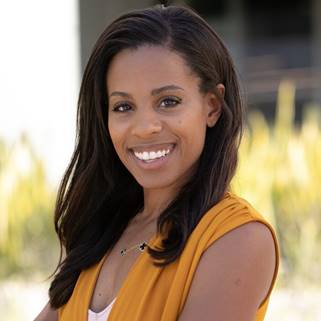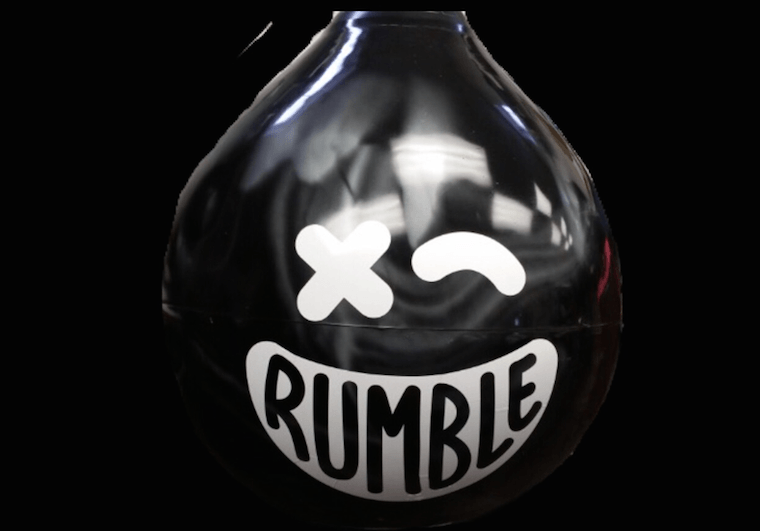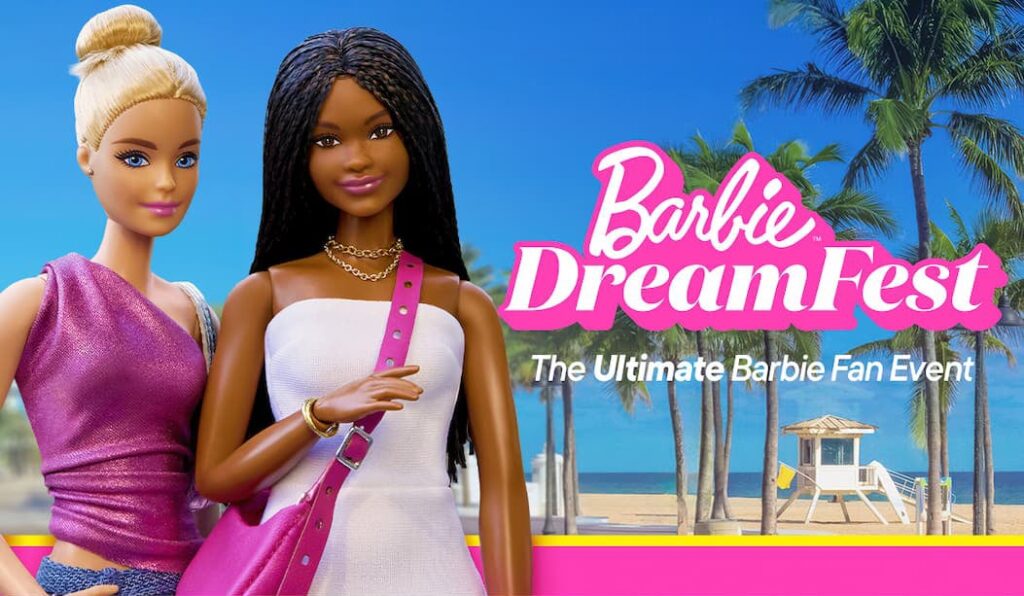Rumble Boxing, a boutique fitness brand known for its high-energy workouts and ’90s hip-hop vibe, was born in a city. But since its Big Apple founding in 2017, the franchise has expanded to 25 studios across the U.S. and, most recently, set up shop in Australia and the Dominican Republic. We spoke with Rumble Boxing CMO Rachelle Dejean about the brand’s growth strategy, marketing a boutique fitness brand, experiential strategies and how representation at both the national and local levels fuels its diversity mission.
 Chief Marketer: Diversity and inclusion are a priority at Rumble Boxing. How are you implementing your strategy company-wide?
Chief Marketer: Diversity and inclusion are a priority at Rumble Boxing. How are you implementing your strategy company-wide?
Rachelle Dejean, CMO of Rumble Boxing: At the end of the day, it really starts with representation. So, making sure that we’re showing our whole membership base, which is a very diverse one, from all backgrounds, shapes, sizes, athletic ability, fitness levels, from pro to amateur, and showcasing that, from content on social to emails to big campaigns. It was really important for me, as we started to scale up the new locations for our studios, that we’re not just telling the trainer story. Our trainers are very fit. They have become experts in their craft. But that only represents a very specific type of person. Bringing our members to a pedestal as well allows us to showcase real people, too.
So, representation would be first and foremost, and then we want to make sure we’re taking moments, not just in seasonal times of the year, to band with different charity organizations or networks that support and uplift different marginalized groups that may not otherwise have had that type of support. The easiest thing we can do is represent, and then on a larger scale, we fundraise and support specific groups nationally and locally. It’s really important for me to give my franchise partners in our system the opportunity to do the same.
CM: Do you have any advice to other women in business who are leading marketing teams at boutique brands?
RD: At the end of the day, we have a lot of tried and true processes. We don’t necessarily need to be reinventing the wheel when it comes to marketing. Social has been around for a while now. Yes, it continues to evolve, but that doesn’t mean you have to be on every single channel to be relevant. So, really lean into your KPIs. I work closely with our sales team because we know it’s not just the top of the funnel that matters. It’s what is at the bottom. And as a female sitting in this seat in this industry, I think it’s also important to trust your gut and speak up when you have the opportunity to do so when you feel strongly about something.
CM: What do you think makes a successful fitness brand in 2022?
RD: There’s so many great players in the boutique space that do their own thing really well. At Rumble, we need to lean into what makes us different rather than trying to replicate. So, finding what really sticks true to the brand and our core values and not trying to act like someone else, because then your members can get on board with that. You can start to build that community. Rumble builds this space for them, and it’s something that they can just come into, shut the world off and enjoy.
CM: What specific elements of the brand have helped create that community?
RD: When Rumble was founded, it was built on sneaker culture, black iconic influences and a ’90s old school hip-hop mentality, where you cut the fluff. There’s a New York attitude. What makes us great is the programming, paired with boxing and the custom equipment. We have a program that culminates with our freestyle Rumble rounds. You mix that with our sneaker culture, and it’s a different experience than what you might otherwise see at another workout facility.
CM: Where do you find your inspiration? Do you look to other brands in the marketplace?
RD: I love to look at brands outside of the fitness industry. For instance, what big campaigns are rolling out around the Super Bowl? How are they treating this video, this concept, this theme to relate it to their product? I find a lot of great ideas and inspiration from product-based companies that have no crossover into the fitness franchise space.
CM: What growth strategies are you using to expand the brand?
RD: Having spent almost four years with Club Pilates, we were able to hone in on identifying a scalable strategy for different markets. Rumble first came to market in densely urban populated areas. But now we’re going to be scaling across the country with 200 territories sold in some locations that maybe don’t have as much awareness of Rumble. When it comes to building that opening plan for our franchisees, we’re leaning into the tried-and-true marketing channels, but grassroots is a big canvasing, on-the-ground effort that we lean into as well.
CM: What are some results you can share that illustrates your success?
RD: Off the cuff, at Xponential Fitness we acquired Rumble with 15 locations open, and those flagship locations have now turned into 25 total studios across the U.S. We have a master franchise agreement in Australia. The first studio just opened a couple weeks back. We also have an international expansion happening in Dominican Republic. By the end of the year, we’ll have several more locations open in the U.S. We hit our first milestone of 200 territories sold in February, so we are excited to continue to ramp up.
CM: Rumble Boxing is inherently experiential, but are you creating any additional experiences outside of the gym?
RD: Currently, we are hosting our first-ever Block Party. It’s a seven-day challenge where you empower yourself to punch into seven themed daily playlists with [brand new] music and ideally reach a six class milestone. With experiences outside of the gym, we’ve been able to lean into building on brand awareness in new markets with Rumble-inspired, pop-up workouts outdoors, so potential new members get excited about signing up and joining us in the studio. Now, nothing is going to compare to the bags inside the studio, seeing those swing and feeling the reverberation as you punch them, but we like to offer that inspired workout in our communities as well.
CM: How did the pandemic shift your marketing strategy?
RD: In the midst of the pandemic, like many other fitness brands and boutique studios, we definitely had to pivot. At that time we started ramping up on demand and live workouts. That was on Instagram Live, our first on demand platform. Since then, we’ve obviously seen people want to get back to that connection in person with their trainers, with their fellow members in studio and group workouts. While that is going to be the biggest opportunity for you to participate with Rumble as a member, we do still offer on demand workouts. Our Xponential Plus on demand platform includes workouts from Rumble and our other Xpo brands.
CM: Lastly, how are you using data to drive your marketing?
RD: It’s all about those numbers, especially when we are working so closely with specific sales KPIs that we need to reach. We leave no marketing stone unturned. We do have a pretty extensive email marketing and automation process in place, but at the local level, we also have organic touchpoints that are going to continue to bring leads into that sales funnel.
We know we’re talking to a savvy, younger audience. Our core demographic is in that millennial sweet spot age. So, we may find them on Instagram and Facebook, but we’re also hitting them in their inbox and even text follow-ups. But I did hint earlier about grassroots and how that’s so important for ramping up and building that grassroots and community feel. Things like the Block Party that we have going on right now can be influenced by that face-to-face connection.
When it comes to data, we’re honing in on our email marketing strategy and how we continue to push into those conversions at the end of the day. But locally and nationally, we have strategies in place that our member management platform allows us to continue to track. We’re excited to see studios ramping up. Our first Denver location just hit 500 members and they opened not too long ago. It’s important for us not to just track our first milestones by soft-open and grand-open, but also retention. We have a lot of tools in place to help us do that, so we can keep the community strong, keep our members on that pedestal and ideally bring those return visits and help them reach their fitness goals.





